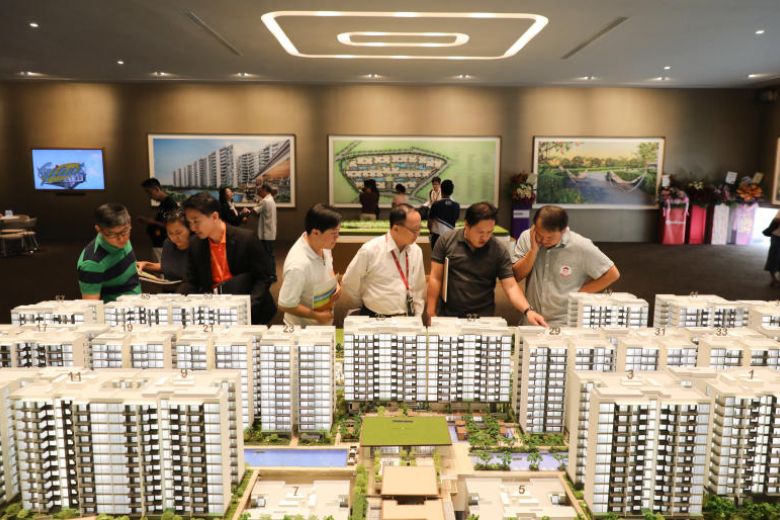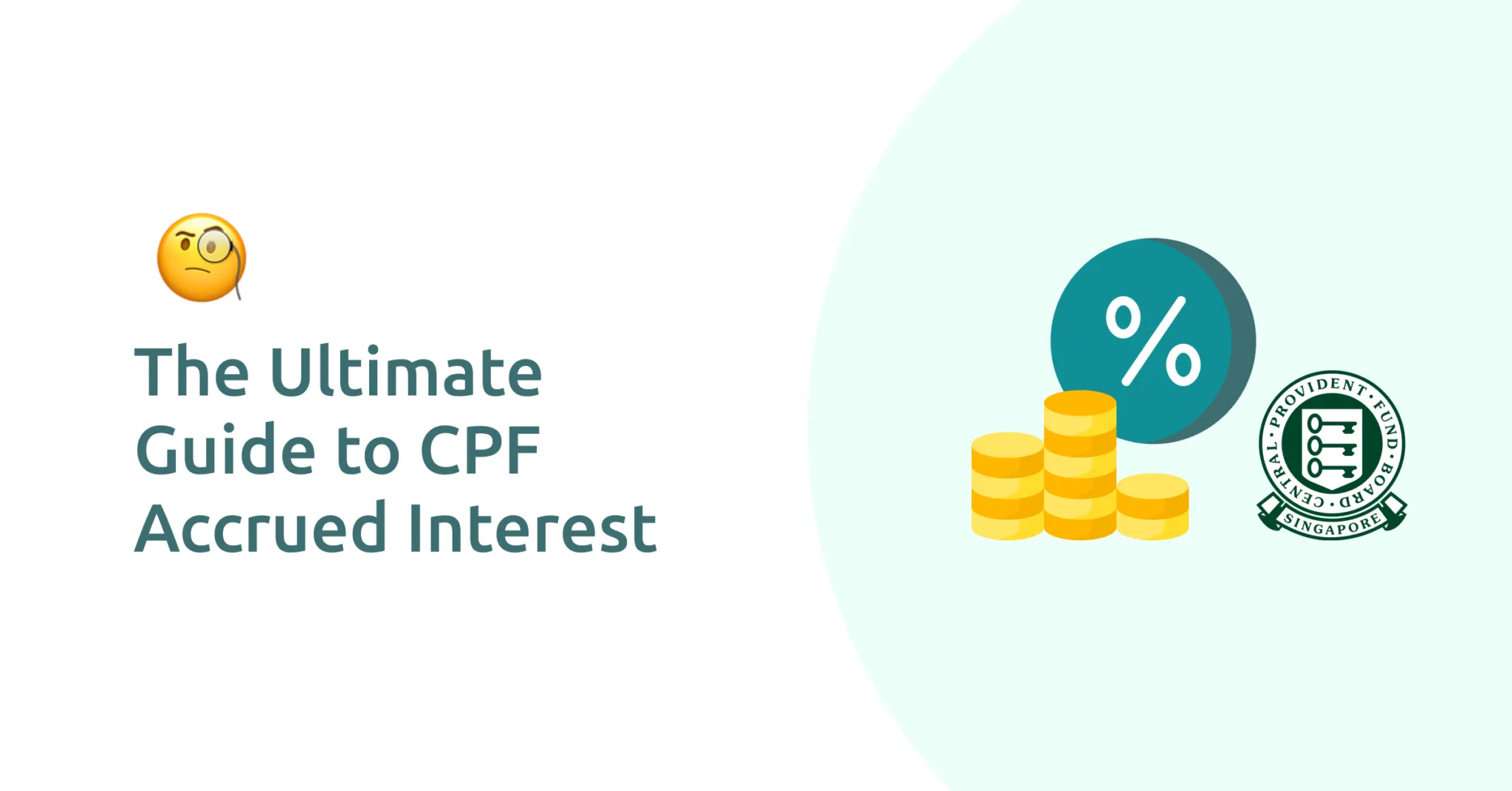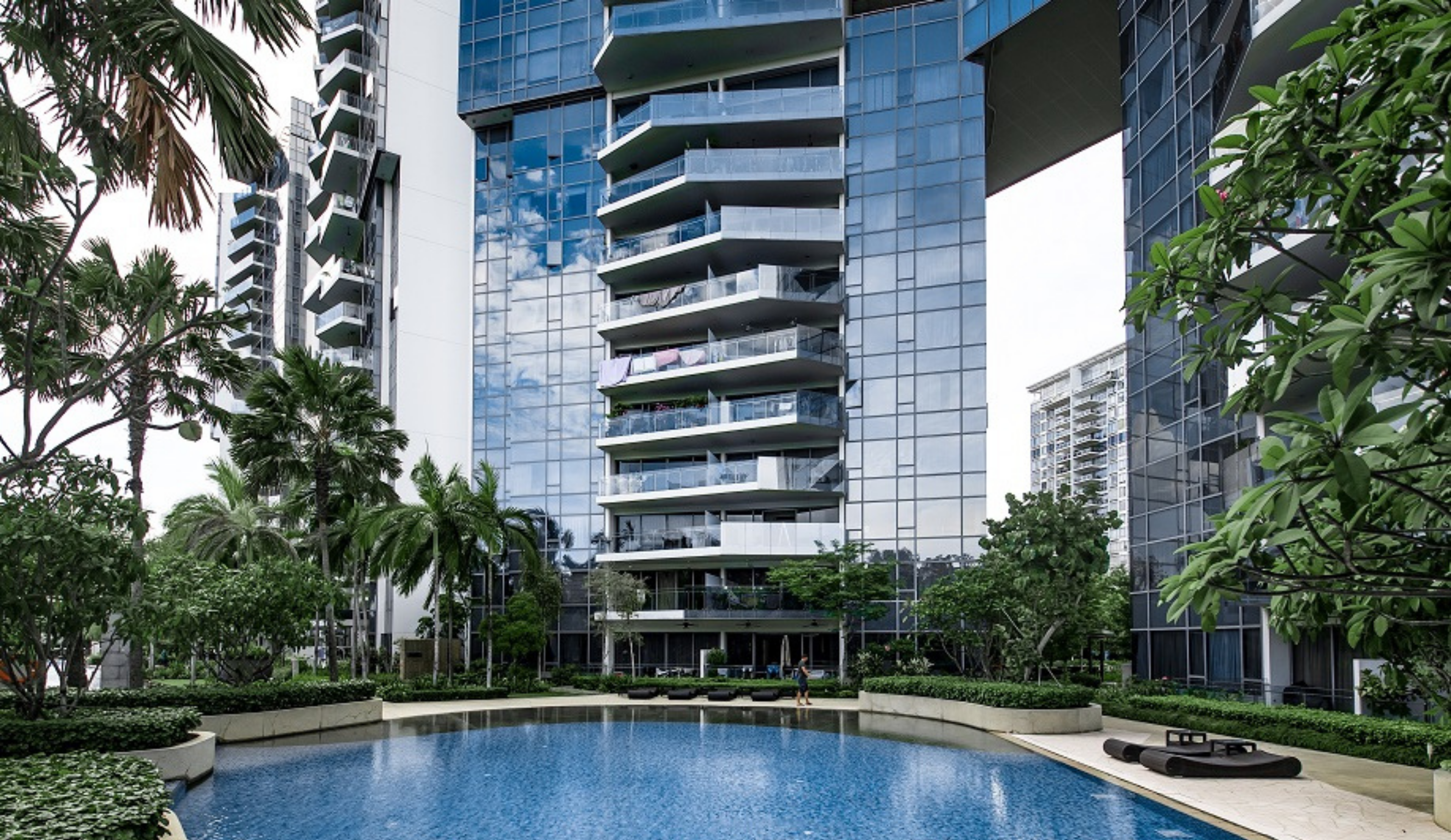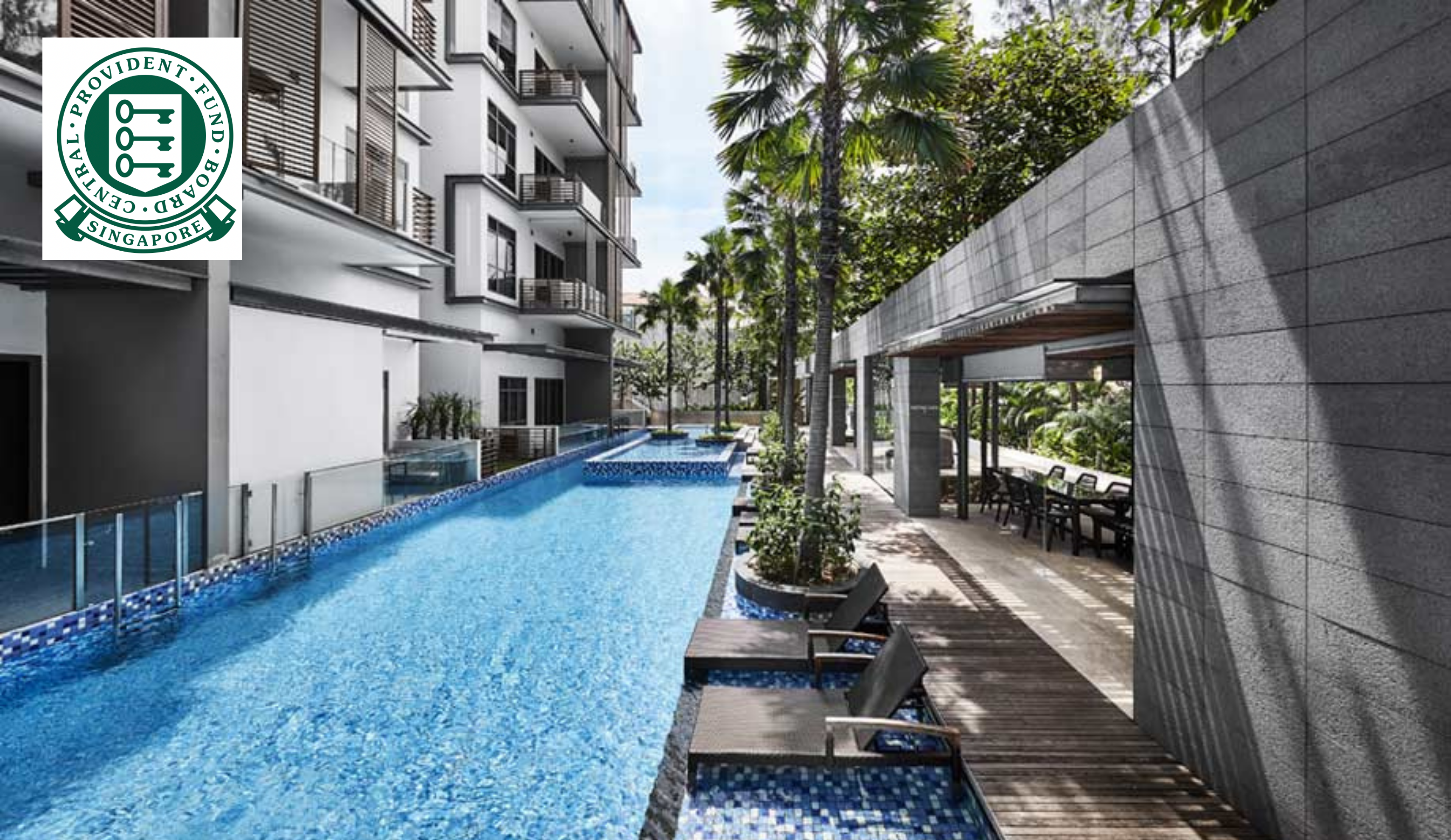The “Sell One, Buy Two” Strategy: Everything You Need to Know
This article discusses the reasoning behind the "sell one, buy two" strategy, 4 key requirements to legally carry out this strategy, and 4 questions you need to answer prior to going ahead
Most people in Singapore buy an HDB flat, usually a BTO that they can afford, as their first home. But once they’ve lived there for the 5-year Minimum Occupancy Period (MOP), they want to upgrade and it’s often to a private condo or an executive condo (EC).
However, a persuasive property agent can sometimes present these second-time buyers with a more appealing opportunity. “Rather than selling your HDB flat and buying a nicer EC, why not get two instead?” Property agents pushing this strategy call it the “sell one, buy two.”
Initially, this might sound like a great idea. But MAS has warned people of the risks of this strategy, and for good reason.
This article will be discussing those risks. But before we do that we’re going to talk about this strategy in general, including how it could ideally be carried out.
Table of Contents
Reasoning Behind the “Sell One, Buy Two” Strategy
4 Key Requirements to Legally Carry Out This Strategy
4 Questions You Need to Answer Before Moving Forward
“Sell One, Buy Two” Strategy is More Complicated Than it Seems
Reasoning Behind the “Sell One, Buy Two” Strategy
The reasoning behind this strategy is so the couple could avoid having to pay a 17% ABSD on the second property and obtain the full 75% mortgage from the bank. They could sell their current HDB flat and buy two other private residential properties, with each property under one person's name. Under the regulations, this would still be considered their first property.
Other articles you may be interested in:
- What is Additional Buyer’s Stamp Duty (ABSD)?
- Loan-to-Value Ratio (LTV) for Mortgage Loans: Everything You Need To Know
One of the two would be for them to live in and the other they could rent out. Of the two properties, one would be larger and that would be for the couple’s own use, with the smaller one used as an investment property. When the children grow up and move out, the couple could move into the smaller unit and rent out the larger one for added retirement income.
Therefore, selling one and buying two can be thought of as a hybrid of a typical property upgrade as well as an investment strategy. In a perfect world, a savvy couple carrying out this strategy could:
- Upgrade to a more spacious home
- Own a second property
- Receive rental income
- Avoid paying ABSD on the second property
- Avoid a sizeable down payment since they can borrow 75% LTV. Of the other 25%, 20% can be withdrawn from CPF savings, so only 5% has to be in cash.
Additionally, they would be allowed to sell the second property when they get older if necessary to support their retirement. The financial benefits of employing this strategy is obvious – and quite substantial. However, it does depend on you satisfying a number of key requirements:
4 Key Requirements to Legally Carry Out This Strategy
There are a few basic components required of every strategy. To successfully carry out the “sell one, buy two” strategy, it would require you to have the following:
1. Two-Income Household
This requirement is clear. In order for each one to purchase a property under his/her own name, each must be working, otherwise they would not qualify for a home loan.
2. Sufficient Income to Make Higher Monthly Loan Repayments
Making higher monthly repayments on two properties requires more income. If you as a couple are considering the “sell one, buy two” strategy, we recommend that you first use our Affordability Calculator.
3. Ability to make the 25% Down Payment
Each person must have sufficient funds on hand to pay a downpayment of 25% consisting of minimum of 5% in cash and the remaining 20% that can be paid in cash and/or CPF on each property. Most couples are counting on proceeds from the sale of their HDB flat for this, but in most cases a large amount of cash would still be needed.
4. Ability to Find a Reliable Tenant to Rent the Second Property Consistently
To handle the heavier financial load of owning two properties, the couple would need to find a reliable tenant to rent their second property. Fees of finding tenants such as agent fees, renovation, repair, furniture cost, maintenance fee, property tax, and any period of vacancy when there is no rental income should be put into the calculation. Read another article of ours on Cost of Purchasing and Owning a Property in Singapore
While reading these requirements for successfully carrying out this strategy, you may conclude that you could easily meet all four! But don’t forget that these requirements are not only to qualify for both loans, they must also be sustainable for the entire duration of the loans.
So, now we need to discuss the risks.
4 Questions You Need to Answer Before Moving Forward
The main question that you’ll want to ask yourself is, “How certain am I that we can both fulfil every one of these requirements for the full duration of the loan, which may be up to 30 years?”
This is the question you’ll need to answer as you review the list of requirements. Let’s delve into each one, including the ramifications of minimising the risks.
1. Can we remain a two-income household for the next 20 or 30 years?
In the current job market, there is no way you can be certain of anything. If either of you gets laid off or decides to resign to start a family, you may find that you can no longer afford both home loans. This could mean selling the second property and who knows what the market environment could be at that time? You may even be forced to sell it at a loss.
The Monetary Authority of Singapore (MAS) in 2019 spoke to the Business Times (BT) warning Singaporeans about the risks of this strategy. They warned people about potential economic changes that could hamper their ability to make mortgage payments should their employment status change. This warning is even more valid today when we’re still dealing with COVID-19, despite rising property prices.
On the other hand, if you can continue to fund both monthly mortgage payments on one income, you are luckier than most and can check off this box.
2. What percentage of our total monthly income will be needed to make our loan payments?
Although MAS allows a TDSR of 55%, it is way too high for most families. If it takes as much as 55% of your monthly income to service your mortgage payments, the risk may be too high.
Aside from the last question on the likelihood of maintaining a two-income household long term, you have to remember that along with the risk of one of you losing your job, there will be interest rate changes as well. It’s always best to try and maintain a nice margin of safety between your monthly income and obligations. It costs money to keep up two properties, so consider this along with your mortgage payments.
The ramifications of not properly evaluating all of this is being forced to sell your second property, and maybe the first one too, under duress.
3. How much will our HDB flat sell for? How much have we accumulated in our CPF accounts?
It is time to determine how much you can realistically sell your HDB flat for and what your cash reserves are at the moment. If the 25% down payments needed to buy both properties will deplete most of your cash, you are likely biting off more than you can chew. Getting back to having a nice monthly margin of safety, it also apples to the amount of cash you should keep on hand as a safety net.
Even if you make enough income to cover your monthly instalments, depleting your cash reserves to make the two down payments leaves you without the means to handle a medical emergency or an unexpected car repair bill. If buying these properties leaves you with less than six months income as a cushion, it may be smart to put this off until you’ve built up a more substantial safety net.
4. Do we know how to select a solid investment property?
Choosing the first property is fairly straightforward since it’s basically an upgrade to what you have now. But selecting the second one, even if it’s smaller, is quite a bit harder. This would be an investment property, so you need to know what makes for a good real estate investment.
If you are not confident about your ability to choose a good rental, you may want to hold off on this for now. Take time to learn about the property market and what makes for a solid investment property. In the end, you want to make sure that the investment property is something you can realistically afford.
If you have questions or concerns, we can help you find the right property at a price you can afford. We can do this for you at no cost. Just click on the Contact Pinnacle button below and you’ll be chatting with our Key Executive Officer, Mr Sumitro Ong, recipient of national-level Gold SG Real Estate Agents Excellence Award 2021, in no time.
“Sell One, Buy Two” Strategy is More Complicated Than it Seems
Realistically, this strategy is probably going to only work for couples in higher-income brackets. Even so, they must carefully evaluate the risks while considering their own risk tolerance. No one can make this decision for you. All we can do is provide some points to consider, so that you have the information you need to choose wisely.
If you think this is a strategy that you might want to pursue, we would be happy to discuss your personal situation and offer our best advice. Just click on Contact Pinnacle to chat with Mr. Sumitro Ong, our Key Executive Officer.
Disclaimer: The information provided in this article does not constitute legal advice. We recommend that you get the specific legal advice you need from an experienced attorney prior to taking any legal action. While we try our best to make sure that the information provided on our website is accurate, you take a risk by relying on it.
At Pinnacle Estate Agency, we strongly believe in sharing our real estate knowledge to the public. For more content like this article, check out our Singapore Property Guides.
















